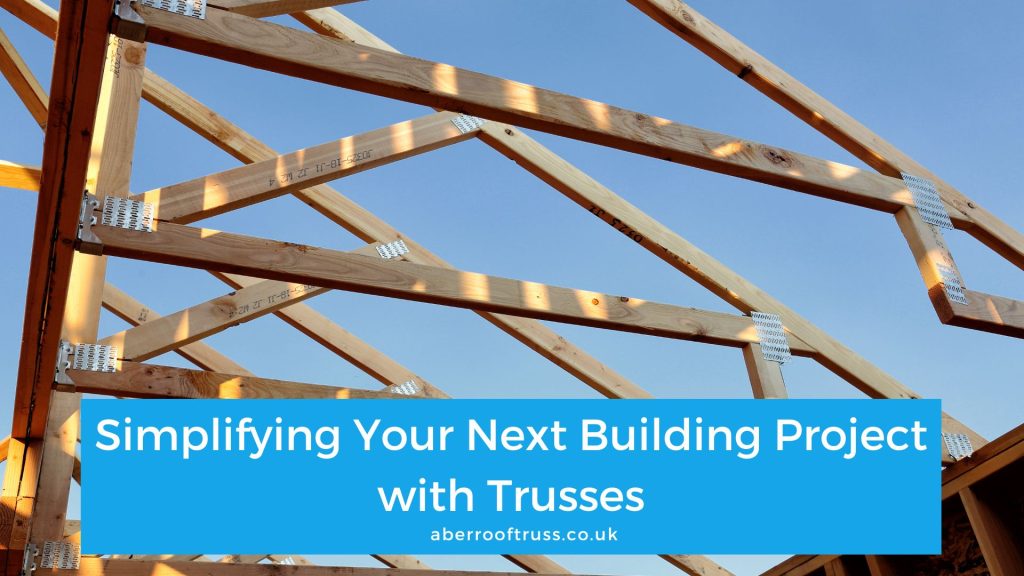
When it comes to constructing a building, efficiency, cost-effectiveness, and structural integrity are key factors to consider. This is where roof trusses come into the picture. Trusses are pre-engineered structural frameworks made of wood or steel that can simplify your building project in remarkable ways. In this blog, we will explore the benefits of using trusses and how they can streamline your next construction endeavour.
Increased Efficiency and Time Savings
One of the significant advantages of using trusses is the increased efficiency they offer. Trusses are prefabricated off-site according to precise specifications and design calculations. This means that they arrive at the construction site ready to be installed, significantly reducing the time required for on-site assembly. With trusses, you can accelerate the construction process, saving time and labour costs.
Cost-Effectiveness
Trusses are not only efficient in terms of time but also cost-effective. Since trusses are built off-site in a controlled environment, they can be manufactured using advanced machinery and techniques, reducing material waste and ensuring precise fabrication. This leads to cost savings in terms of labour, material, and overall construction expenses. Additionally, trusses provide excellent load-bearing capacity, allowing for longer spans and reducing the need for additional support structures.
Design Flexibility
Trusses offer remarkable design flexibility, making them suitable for a wide range of building projects. Whether you are constructing a residential home, commercial building, or industrial structure, trusses can be customised to meet your specific design requirements. They can accommodate various architectural styles, roof shapes, and ceiling heights. With the ability to span large distances without the need for internal load-bearing walls, trusses allow for open, spacious interior layouts, providing more design freedom.
Structural Strength and Durability
Trusses are engineered to provide optimal structural strength and stability. They are designed to evenly distribute the weight and forces throughout the entire structure, effectively handling both vertical and horizontal loads. Trusses are capable of withstanding heavy snow loads, wind forces, and seismic activity, ensuring the long-term durability and safety of your building. Additionally, trusses are often treated to resist rot, termites, and other potential damage, further enhancing their longevity.
Easy Integration with Mechanical Systems
Trusses simplify the integration of mechanical systems within a building. They provide ample space for HVAC ductwork, electrical wiring, plumbing, and other utilities to be routed efficiently. Trusses often feature open web designs, allowing for easy access to these systems during installation, maintenance, or repairs. This streamlined integration reduces the complexity of coordinating various trades and facilitates efficient building services management.
Sustainability and Eco-Friendliness
Using trusses can contribute to sustainable building practices. Trusses are typically constructed from renewable materials, such as sustainably harvested timber or recycled steel. Additionally, the precise engineering and manufacturing of trusses reduce waste during production. The efficient use of materials also minimises environmental impact. Furthermore, trusses allow for the incorporation of energy-efficient insulation and other sustainable building techniques, enhancing the overall energy performance of the structure.
Incorporating trusses into your next building project can bring numerous benefits, including increased efficiency, cost-effectiveness, design flexibility, structural strength, and easy integration with mechanical systems.
If you feel that trusses are the right roof choice for your home, don’t hesitate to reach out to our team at Aber Roof Truss. Whatever your roofing needs are, we can help. Contact us today.
